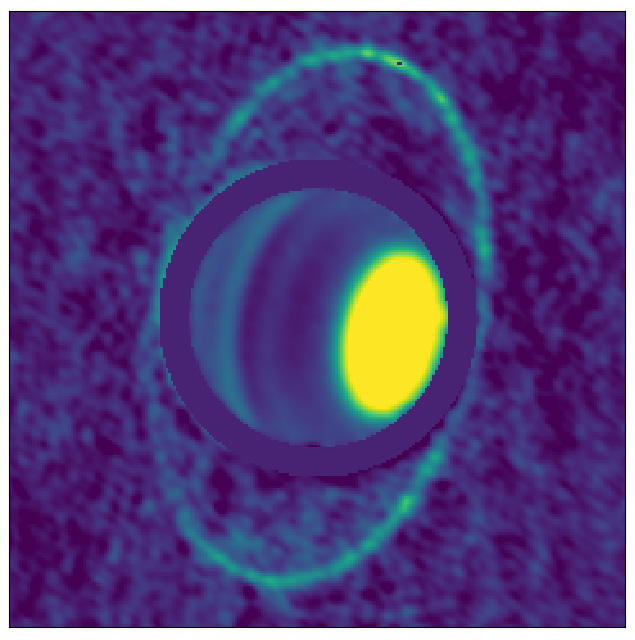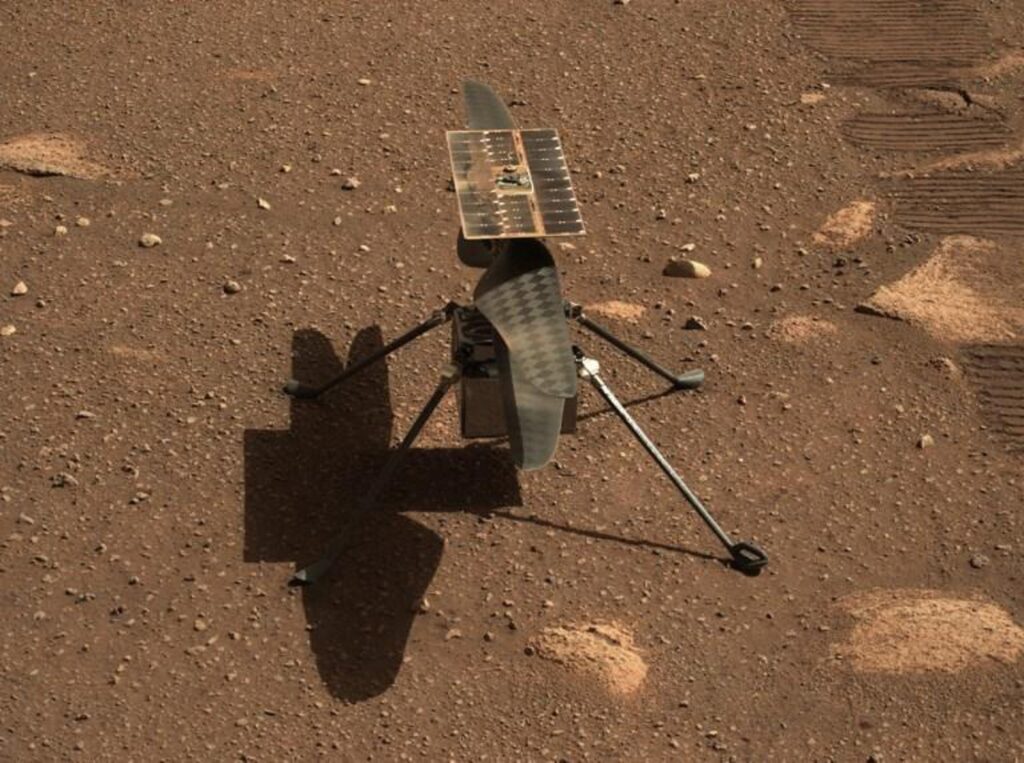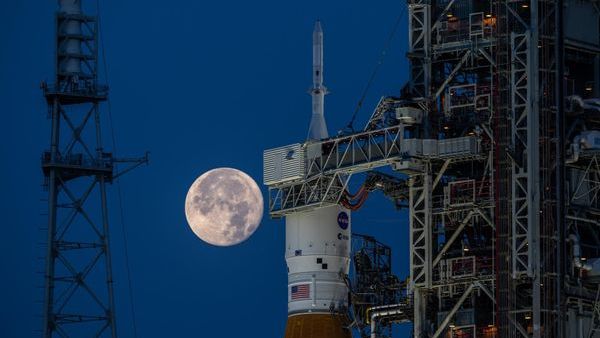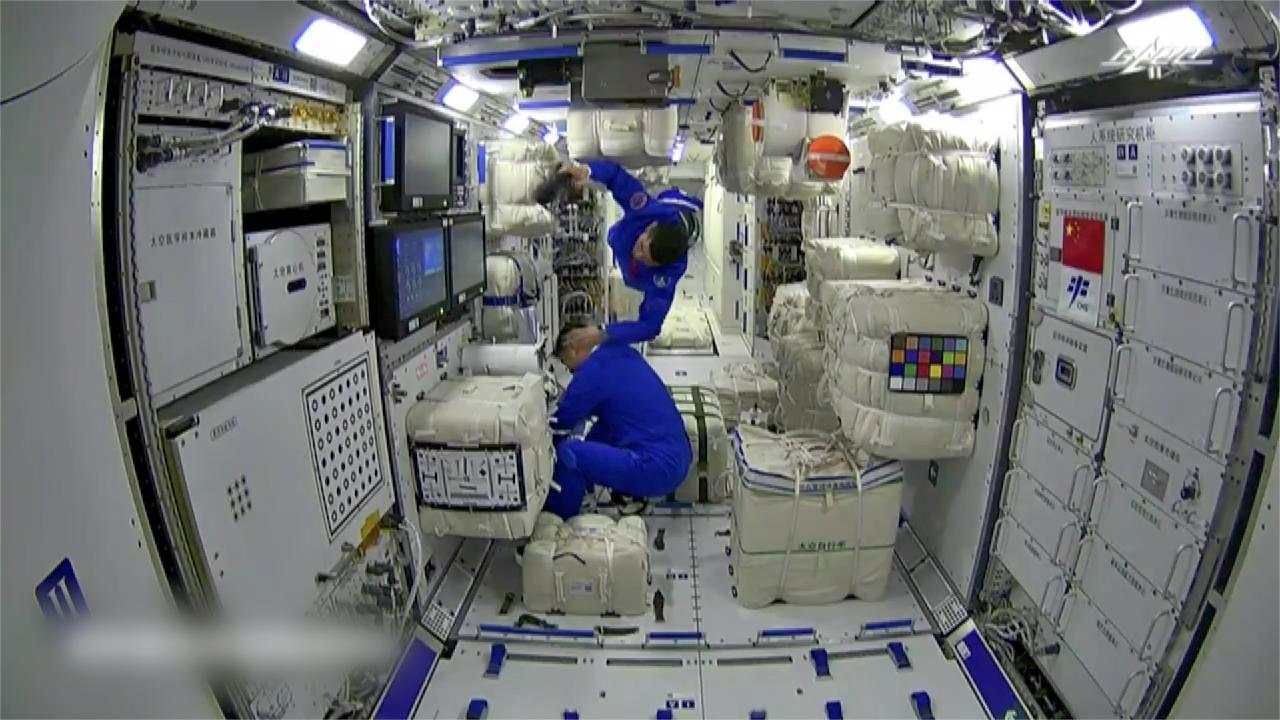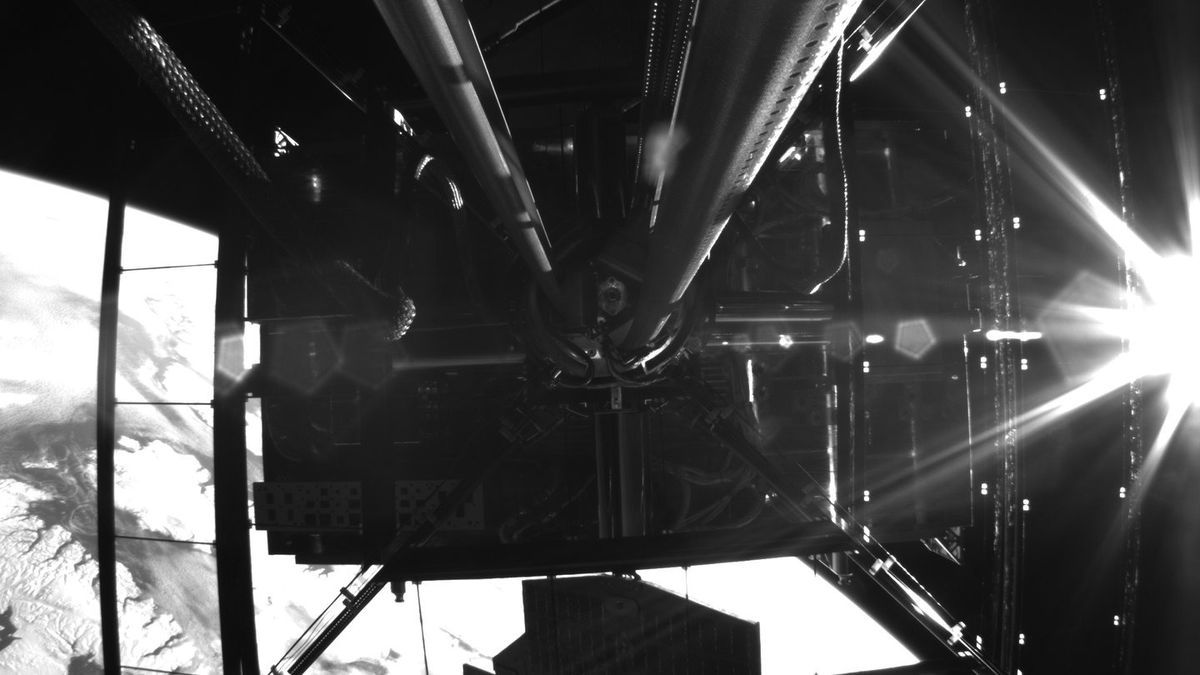New images of Uranus’ rings and moons from the James Webb Space Telescope show them in unprecedented detail.
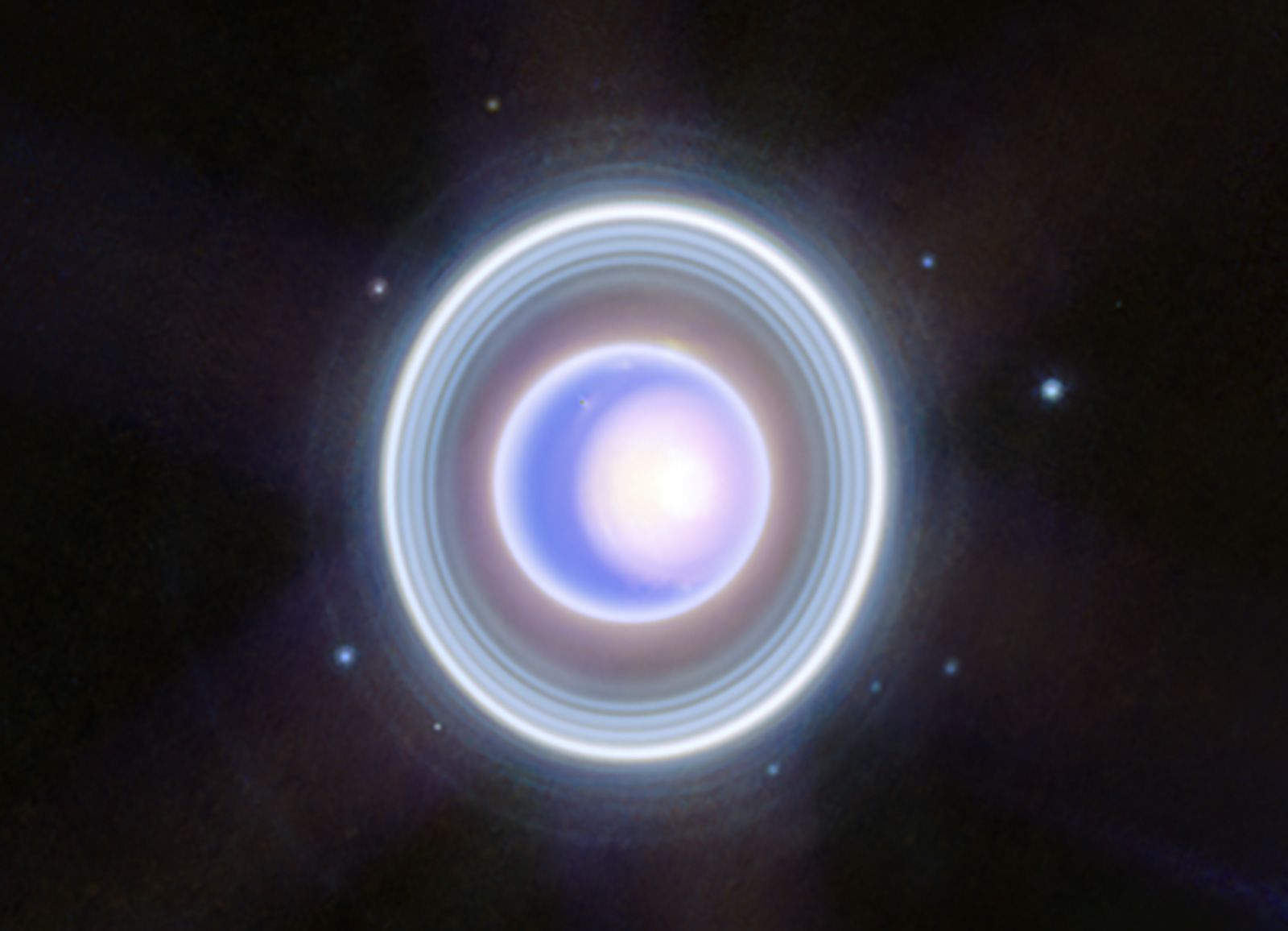
James Webb Telescope Reveals Spectacular Infrared Image of Uranus, Unveiling Rings, Moons, and Polar Mysteries
Webb’s infrared image shows storms, rings, moons, and a shining polar ice cap, unlike prior visible light images. With its 98-degree axial tilt, Uranus has severe seasons, with one pole facing the sun and the other in a 21-year winter. The recent image, which contains the elusive Zeta ring, helps future missions understand the planet’s properties.
In 2028, Uranus’ polar cap will face the sun, giving astronomers a great view of the pole. NASA stresses ring navigation for possible Uranus spacecraft missions, therefore this extension is vital for studying the planet’s debris, especially the Zeta ring.
The image shows nine of Uranus’s 27 “literary moons”—named after Shakespeare and the Pope. Pearl-like moons include Rosalind, Puck, Belinda, Desdemona, Cressida, Bianca, Portia, Juliet, and Perdita. In 1986, Voyager 2 found ten more moons, increasing the total to 27. Due to their severe tilt, these moons were scarcely visible during Voyager 2’s approach. Astronomers seek to solve their secrets through close-up exploration.
READ ALSO: The Seven Most Amazing Discoveries We’ve Made by Exploring Mars
James Webb Telescope’s Infrared Image Sparks Urgency for Cosmic Exploration
Since it resembles approximately 2,000 exoplanets, Uranus is an invaluable cosmic laboratory for studying them. Despite its potential importance, Uranus has not been orbited, although the James Webb Telescope provided a view. According to the Planetary Decadal Survey, NASA’s top target for a large-scale mission by the early 2030s is Uranus. A mission like this could address concerns about massive planet formation, ice giant formation, and our solar system’s location in the cosmos.
The stunning image highlights the importance of exploring Uranus and its numerous features, allowing astronomers to unravel its mysteries. Future space exploration missions will focus on Uranus’s rings, moons, and polar characteristics because of its enhanced clarity, which will help us comprehend planetary creation and the cosmos.
